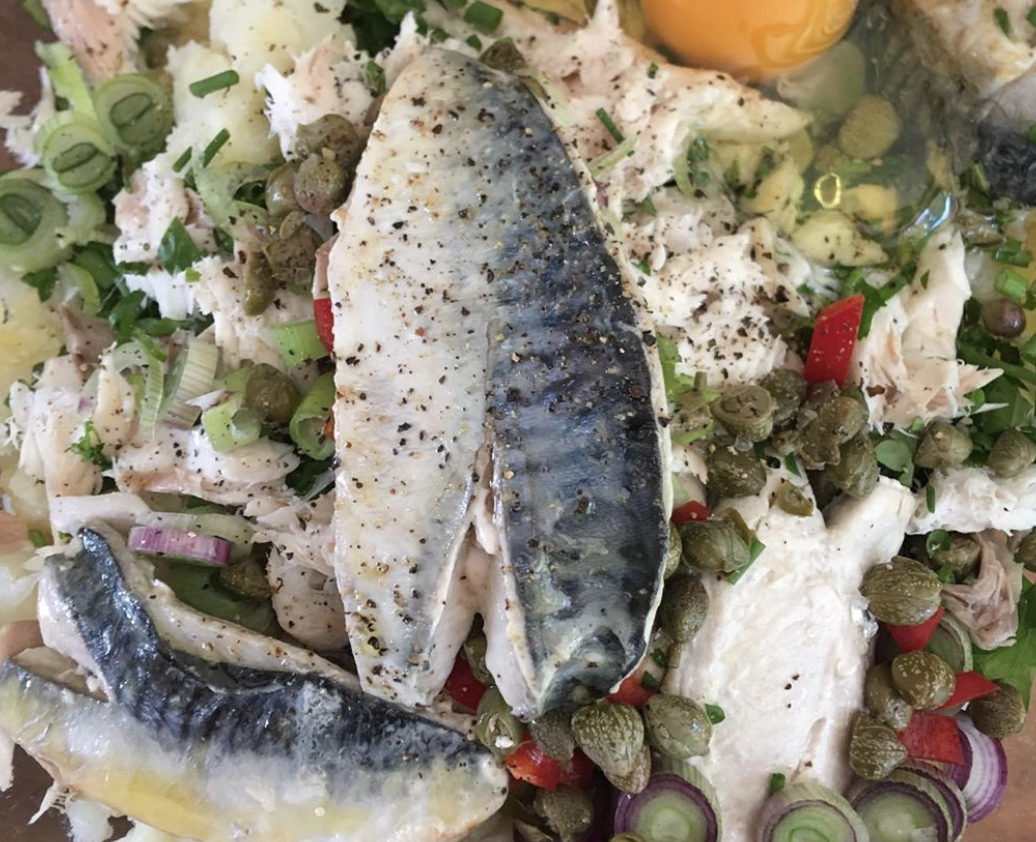Why buy British Seafood & Shellfish?
British fish are produced to some of the highest welfare standards and environmental care in the world.
Fish and seafood are low in calories, high in protein and rich in vitamins, minerals and natural oils. Oil-rich fish such as herring and mackerel are rich in Omega 3 fatty acids, which have been shown to have a lowering effect on cholesterol. They are also a great source of vitamins A and D.
The species and their seasons
Our favourite source of information about different fish species is fishmongers M&J Seafood’s The Fish Book, online at https://www.mjseafood.com/the-fish-book
The Marine Stewardship Council is the world’s leading certification and eco-labelling program for sustainable seafood. They provide a good online list of certified, sustainably caught fish to eat on
https://www.msc.org/what-you-can-do/eat-sustainable-seafood/fish-to-eat

Slide title
Write your caption hereButton
Choosing Fish
Whenever you buy fish or seafood you should always look for the freshest kind available. Here are a number of tips to help you buy the best:
· The fish should never smell ‘fishy’.
· Whole fresh fish will have eyes that are bright and skin should have a moist firm appearance.
· Flesh should be firm to touch.
· Fish should have no brown spots.
· Smoked fish should look glossy with a fresh smoky aroma.
· Shellfish, like lobster and crab, should be purchased either alive or frozen.
· Select shellfish with shells tightly closed and without any gaps or cracks.
· Lobsters and crabs should be heavy for their size.
Sourcing advice – our tips on the best guides on the web
Good Catch – the essentials is a useful guide to help chefs make responsible decisions about which seafood to put on their menus. You can download a copy here: https://www.sustainweb.org/goodcatch/the_essentials/
Advice on British trout http://britishtrout.co.uk/
Advice on Certified sustainable seafood http://www.msc.org/where-to-buy
Don’t miss out!
Sign up to our newsletter and stay up to date with our latest news and events.
The campaign Love British Food, the national food celebrations ‘British Food Fortnight’ and their associated logos are trademarked and must not be used without the express permission of the owners, Love British Food. Companies or individuals wanting to use the logos or run promotions and activity in association with British Food Fortnight or Love British Food can work with Love British Food as a member or partner or with permission from the founder.
Love British Food

